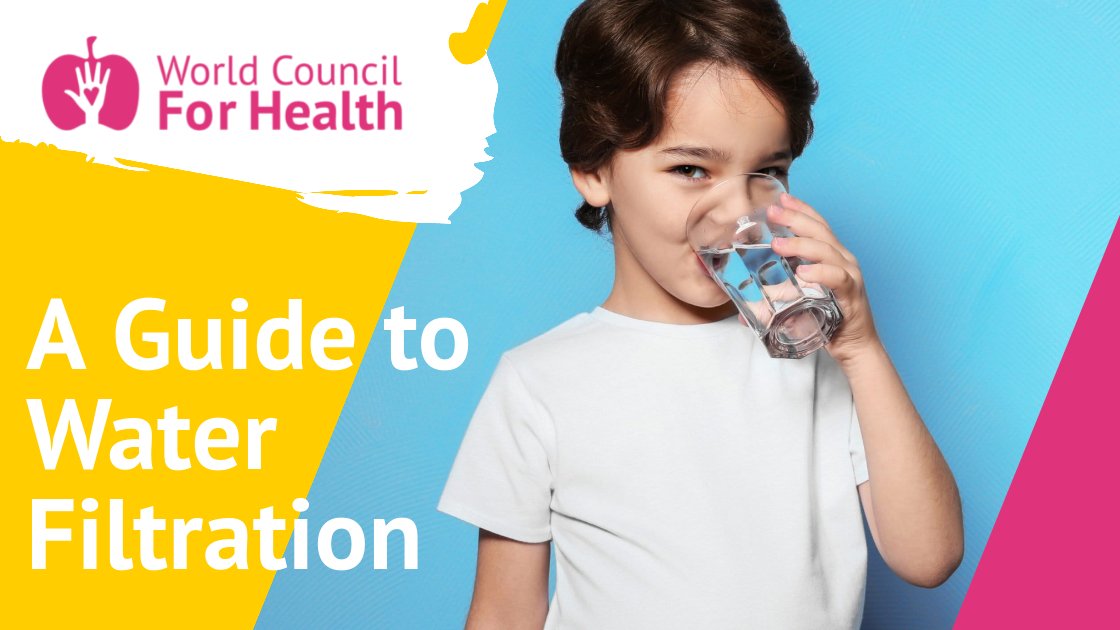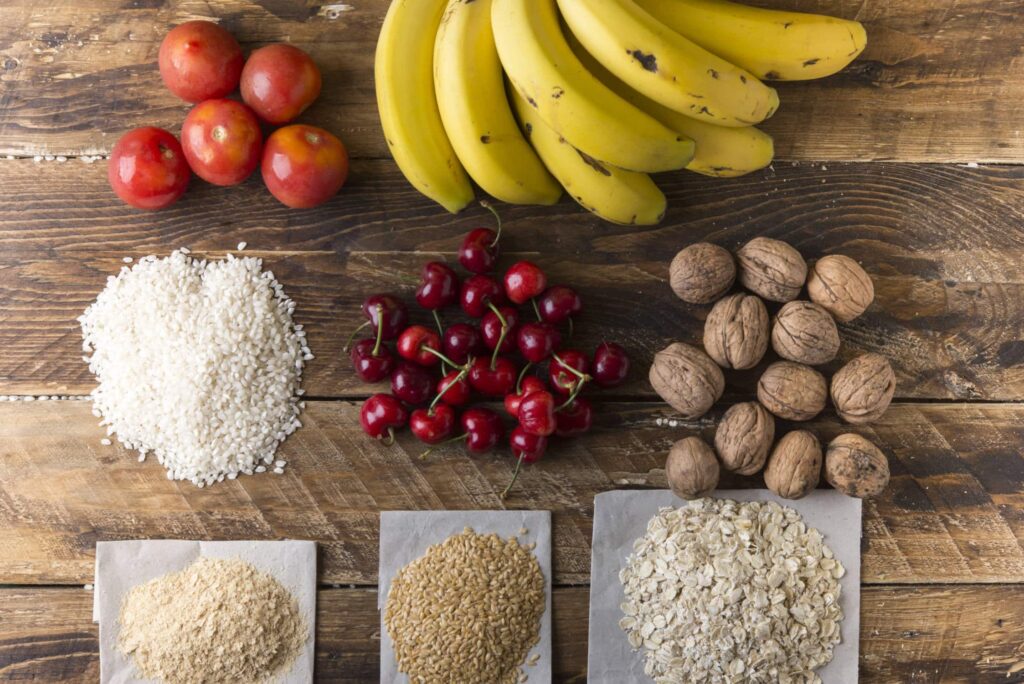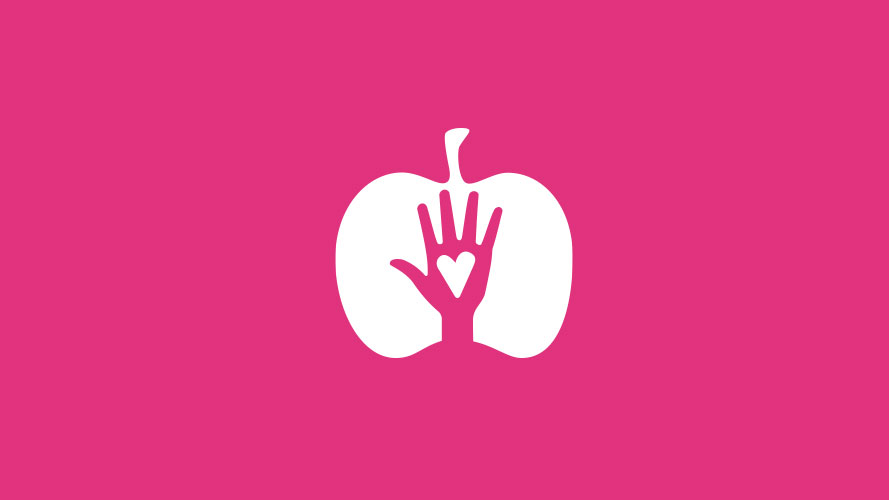A Fundamental Element of Human Life
Water is the most fundamental element of human life and clean water is essential for washing, sanitation, and, of course, drinking. The quality of the water that we drink varies greatly around the world and depends on factors like hardness, pH, clarity, dissolved solids, and contaminants. Even though it is something that all humans consume every day, we often devote little attention to the contents of our drinking water.

Tap water vs. bottled water
Over half a billion households around the world consume bottled water. Some people choose bottled water because they have concerns about the quality of the tap water in their area. Others choose bottled water out of convenience or preference. In most cases, local water authorities test municipal water supplies on a daily basis to make sure it is in alignment with drinking water standard from the EPA, WHO, and EU Water Framework Directive. While most municipal water is supposed to find contaminants below a certain threshold, some people still choose to filter their water or find an alternate water source because they feel the legal limits may still be too high.
Tap water

Tap water is the water that most of us use in our homes. It comes from lakes, rivers, springs, or groundwater. Unless it comes directly from a well, tap water undergoes some kind of treatment before it comes into our homes. While the quality of tap water has improved over the years, in some places it still may not be as clean or healthy as you think.
In many countries (US, Canada, EU countries, and many others), tap water is generally safe to drink. If you live in a jurisdiction where water is regulated and treated, you are likely drinking some of the safest and healthiest water delivered by tap. It is also affordable, convenient, and environmentally friendly, and it may even be healthier than other forms of water because it contains more healthy minerals.
Unfortunately, this isn’t always the case and some tap water is not safe to drink due to things like pollutants, microplastics, heavy metals (like lead), and perfluoroalkyl substances (PFAS). In rare instances, poor quality water with contaminants well above the legal limits has been provided via municipal supply without alerting customers. Check to see if your municipality releases water quality information on their website. You may be surprised to learn what levels of contaminants are considered ‘safe’ where you live.
Tap water from well water is not tested before it enters your home. Well water is untreated groundwater from an aquifer. A pump system brings the water up and into your home and into your pipes. While it isn’t difficult to find useable groundwater, there is a chance it is contaminated by the things around you. Essentially, groundwater is rainwater that has moved down through layers of earth before reaching the aquifer. While this process does naturally clean water, it does not filter out all possible contaminants from things like farming and industrial runoff. Therefore, it is important to have your well water tested regularly.
Bottled water
Bottled water has become increasingly popular over the last few decades. Manufacturers often claim bottled water is superior in its cleanliness and health benefits. However, there is little evidence to suggest bottled water is better except in the case of known contaminants in local tap water. Bottled mineral water does have the benefit of containing trace amounts of minerals, but those minerals can also be found in tap water or consumed in foods.
Bottled water can contain contaminants like plasticizers and microplastics from the bottling process of the bottles themselves, as well as microbes and hormone residue. It is also more expensive and can have a negative effect on the environment from which it is sourced. For these reasons, bottled water should only be consumed when there are issues with tap water or when no other water is available.
Getting your water tested

Water is usually tested daily by local water authorities, but if you are interested in learning more about the state of your tap water after it has traveled through a series of pipes, you may prefer to get your water tested. Testing should also be done if your home uses well water. This can be done by:
- Self-Test Kits – Test your water for bacteria, pesticides, nitrates, chlorine, hardness, pH, and lead using test strips. Self-test kits can be ordered online or purchased at a local hardware store.
- Water Labs – Send a sample of your tap water to a local water lab. They will provide a detailed description of the qualities of your water. *
- Note: Water tests do not test for all contaminants including microplastics and PFAS.
What is in our drinking water?

Water might seem like a clear liquid that doesn’t contain much else, but, depending on where you live, your water may contain a variety of dissolved substances. Some people may be more sensitive to these dissolved substances than others. Individual tolerances and personal preferences come into play when people decide if their water is adequate or if an intervention is needed.
Some things you might find in tap water:
- minerals like calcium, magnesium
- metals like copper, lead, and iron
- bacteria
- viruses
- parasites
- radon from decaying uranium
- chemicals from farming or cleaning products
- additives to food or petroleum products
- hormones from hormonal contraception
- chlorine and chloramine which are used in water treatment
- nitrates from fertilizer that leach into the water supply
- arsenic
- Perfluoroalkyl and polyfluoroalkyl substances (PFAS, also known as “forever chemicals”)
- microplastics
- fluoride
Potential water contaminants

Some of the contents of tap water are benign and some are even beneficial in terms of their health impacts. Minerals like calcium, magnesium, phosphorus, manganese, potassium, zinc, and many others are dissolved in our water and are taken up by our bodies to perform essential functions. However, other contents of our tap water can impact health negatively, sometimes severely. Contaminated water is still a significant concern in many areas across the world.
Some concerning contaminants of drinking water and their impacts:
- pathogens like viruses and bacteria cause illness or even death
- parasites can cause tropical diseases like onchocerciasis (river blindness) if left untreated
- lead, mercury, and other heavy metals cause poisoning resulting in nervous disorders and cognitive impairment
- nitrates may cause methemoglobinemia in babies
- radon increases chances of lung, stomach, colon, and bladder cancers
- hormones impact growth and development
- benzene (from gasoline) causes blood disorders and central nervous system issues
- atrazine (herbicide) can cause heart and liver damage
- pharmaceutical residues
- chlorine treatment by-products can cause cancer or reproductive problems in high quantities
- radioactive contaminants can cause cancer or kidney failure
- excessive fluoride can cause skeletal fluorosis, tooth discoloration, tooth decay, and neurological problems
Water filtration: A tool in your toolbox
Water filters are an option for those looking to improve the quality and safety of their water, but it is important to know that filtration does not guarantee safe drinking water. A water filter can be seen as a tool to improve water quality rather than a cure-all to fix it completely.
Filters can improve the taste of water as well as remove some of the concerning contaminants. The process of removing contaminants (eg. chemicals, dissolved solids, and gases) is known as water purification, and it can be done in a variety of ways.
Here are some common options for home water filtration
Ultraviolet light filters
Ultraviolet filters are common and remove 99.9% of microorganisms. They work by exposing water to ultraviolet radiation which kills potentially harmful pathogens like bacteria. They are practical to use, inexpensive, and, on top of enhancing water safety, they also improve the smell and taste. They have the added benefit of not introducing chemicals to the water in the purification process, but they do not remove other contaminants that may be of concern.
Reverse osmosis
Reverse osmosis filters are increasingly common, and they work by forcing water through a membrane that removes contaminants and impurities. The downside of reverse osmosis is that the process also removes beneficial minerals from water.
Carbon block/activated carbon filters
Carbon block filters remove dozens of common contaminants from water. The carbon filters attract larger particles of sediment or silt. These filters can be attached directly to faucets and even filter your shower and bath water in addition to your drinking water. They have the added benefit of leaving healthy minerals in the water.
Distillation
Distilling water is a simple purification method. Water is boiled, leaving most contaminants and minerals behind and killing most pathogens, and the vapors are then condensed and collected. Some find distilled water has an unpleasant taste, but distillation is possible around the world in a variety of contexts and can greatly improve water’s safety for consumption, especially on a larger scale.
Alkaline and water ionizers/ion exchange (IX)
IX systems remove hardness from water by targeting substances with ionic charges by running water over electrically charged plates. They leave beneficial minerals behind and reduce scale in taps and sinks.
Infrared filters
Infrared filters perform a similar function to IX filters. They make your water softer by using infrared technology to negatively charge water in order to remove impurities that build up in plumbing fixtures.
Sand and sediment mesh filters
Water is strained through mesh filters in order to remove solids such as sand, rust, clay, and dirt from the water before it enters your plumbing systems.
Choose a filter based on your individual needs
There are hundreds of options when it comes to water filtration systems throughout the world. Most work on one or some combination of the technologies above. Water filters do not guarantee the safety of water, but they can improve its quality in different ways. If you choose to get a filter, consider:
- the unique qualities of water in your area
- testing your water to get a better understanding of what’s in it and what you want to remove
- the price of the water filtration device or its replacement items
- the practicality of the filter for your lifestyle
- your preferences for taste
- the energy efficiency of your filter
Clean water matters

Whether you choose to drink tap water, consume bottled water, or use a filter, having clean water matters! Every year over 3.5 million people die from water-related illness and disease, most of them children. Dirty water and poor sanitation are some of the most pressing humanitarian issues of our time. While we can filter our water in various ways, we must also act in our local communities around the world to safeguard clean water for future generations of humans and all life on Earth. More than mass filtration of water, we need pure, clean, and healthy water from the source. Educating yourself on drinking water and taking steps to improve its quality empower you to know what’s good for you.






